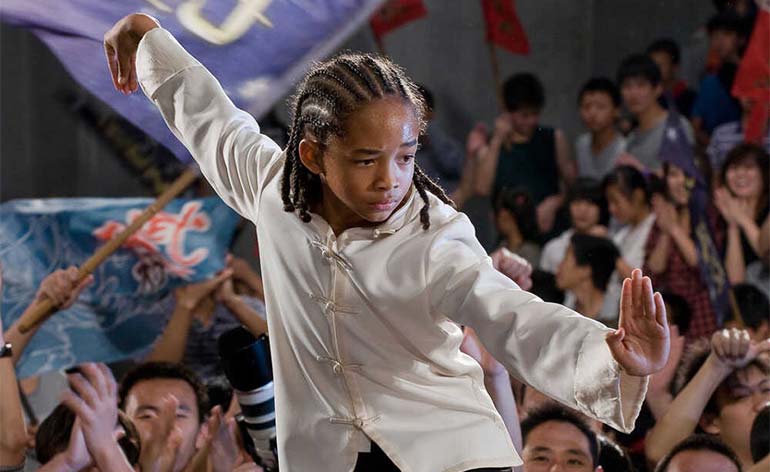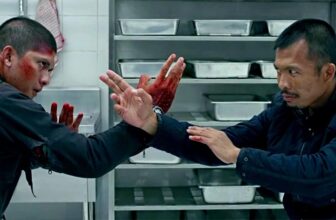
Enrolling in martial arts classes is a life-changing experience that encompasses self-improvement, determination, and self-control in addition to teaching self-defense skills.
For many, the coveted black belt—a representation of commitment, proficiency, and mastery—is the peak of this journey. Becoming a black belt involves learning a great deal of new skills and overcoming many obstacles.
We’ll unpack the crucial techniques and actions that open doors to attaining black belt goals in martial arts classes during this investigation. To enlighten the way, this guide provides ideas and insights to help aspiring martial artists on their path to self-discovery and excellence.
Understanding the Martial Arts Journey
Martial arts classes serve as an entrance to a life-changing experience that includes mental discipline, physical training, and personal development.
Every session is an immersive experience that explores the traditions, beliefs, and philosophies of several martial arts disciplines rather than just teaching combat methods.
Martial arts lessons provide a comprehensive approach to skill learning and self-improvement, covering everything from basic concepts to advanced techniques.
The belt levels that represent this journey’s progression represent development, skill, and commitment.
By navigating this route with commitment, consistency, and consideration for their fellow students and the art form, practitioners create a profound understanding of martial arts that extends beyond its physical characteristics.
Choosing the Right Martial Arts Classes
Choosing the right martial arts classes involves several crucial factors to guarantee a positive and successful learning experience. Considerations to make include:
1. Martial Art Style
Choose a martial art form (such as karate, taekwondo, judo, or jiu-jitsu) based on your objectives, personal preferences, and level of physical fitness.
2. Instructor Quality
Assess the instructors’ qualifications, backgrounds, and methods of instruction. An experienced and reliable teacher can make a big difference in your learning process.
3. Facility and Amenities
Consider the training facility’s adequacy, cleanliness, and safety as well as whether it has the facilities required for efficient learning.
4. Class Schedule and Location
Make sure that the location is convenient for regular attendance and that the class schedule corresponds with your availability.
Foundational Steps for Progression
Martial arts practitioners’ path to mastery is built upon fundamental techniques that serve as a guide for advancement in classes. By following these stages, they lay the groundwork for future progress in their chosen field.
1. Consistency
Practice and attendance must be consistent. Frequent attendance at lessons develops discipline, improves technique, and strengthens muscle memory—all of which are essential for martial arts advancement.
2. Mastery of Fundamentals
Establishing foundational skills prepares the way for advancement. More complicated movements are constructed using fundamental techniques including stances, strikes, blocks, and footwork.
3. Physical Conditioning
Martial arts require stamina and physical health. For long-term success in the classroom, building a foundation of strength, flexibility, and cardiovascular health is essential.
Cultivating a Growth Mindset
Cultivating a growth mindset in martial arts classes is essential for success and ongoing progress. This way of thinking, made prominent by psychologist Carol Dweck, promotes the idea that skills can be acquired via commitment and diligence.
1. Embracing Challenges
It is important to see challenges as chances for improvement rather than as obstacles. It involves confronting challenging methods or circumstances with tenacity and optimism.
2. Learning from Feedback
Gaining insight from peers and teachers through advice, corrections, and criticism is encouraged. A growth mentality is fueled by an understanding that feedback is a means of advancement.
3. Persistence and Effort
Students who recognize that growth requires perseverance and constant effort are better able to bounce back from setbacks and persevere through challenging training sessions or plateaus.
Balancing Mental and Physical Training
For complete skill development and personal development, martial arts schools must balance mental and physical training. Vital elements consist of:
1. Physical Training
This includes perfecting forms, practicing methods, and increasing strength, endurance, and flexibility through exercise.
2. Mental Training
It is equally important to cultivate resilience, mental strength, and focus. Mental conditioning is facilitated by methods such as breathing exercises, visualization, and meditation.
3. Mind-Body Connection
Practitioner performance is improved by knowing the connection between mental and physical components. While physical exercise helps to foster mental discipline, mental focus improves physical performance..
4. Concentration and Awareness
During training sessions, focusing and practicing mindfulness increase awareness of the body’s movements, which improves technique execution.
Progressing Through Belt Levels
In martial arts, moving up the belt ranks represents a practitioner’s transformation from a beginner to a master, signifying their growth in abilities, wisdom, and morality. Here’s a clarification using search terms:
1. Structured Curriculum
The curriculum for martial arts classes is usually based on belt levels, which indicate different levels of ability and knowledge.
2. Beginner Levels
Beginning with a white belt, beginners progressively pick up the basic moves, postures, and concepts of martial arts.
3. Intermediate Levels
Moving up to colored belts (yellow, orange, and green, for example) indicates development and the mastery of increasingly difficult forms and techniques.
4. Advanced Levels
When practitioners graduate to higher belt levels (blue, purple, brown, etc.), they focus more on developing their advanced methods, strategies, and martial arts talents.
5. Black Belt Levels
Obtaining a black belt is an important accomplishment, but it does not imply mastery. Rather, it signifies the start of a more profound, enduring dedication to ongoing education and advancement.
Overcoming Challenges and Plateaus
In martial arts classes, facing challenges and plateaus is an inevitable aspect of the path to mastery. Challenges can take many different forms, like learning new skills, getting over physical restrictions, or dealing with mental obstacles. Conversely, plateaus are times when steady work appears to produce no further development.
Students who adopt an attitude of perseverance, effort, and flexibility frequently overcome these obstacles. Instructors are essential in helping practitioners go through these stages by offering specialized advice, individualized criticism, and a variety of training methods.
Resolving plateaus may require refocusing on the basics, investigating different training modalities, or establishing fresh objectives to rekindle enthusiasm.
The Black Belt Journey and Beyond
The Black Belt Journey captures the transformative and progressive route found in martial arts training, with a strong emphasis on self-improvement, discipline, and skill development.
Practitioners learn the fundamental stances, forms, and techniques in foundational classes. As they go, students learn more about the fundamentals of the art, hone their skills, and eventually become proficient in increasingly difficult motions.
The journey represents a dedication to lifelong learning, self-improvement, and mastery of both physical and mental components; it is not just about getting the black belt.
Conclusion
In conclusion, in martial arts classes, earning a black belt represents a path of commitment, perseverance, and continuous growth.
A commitment to developing physical prowess, developing mental resilience, and accepting the fundamental principles of the martial arts discipline is necessary to advance up the belt ranks.
Achieving success in this path requires overcoming obstacles, pushing past limitations, and finding a balance between mental and physical training.
As practitioners progress, achieving black belt proficiency is a sign of personal growth, self-improvement, and a lifetime dedication to the values that martial arts teach—both on and off the training mat. It also serves as a martial arts milestone.






